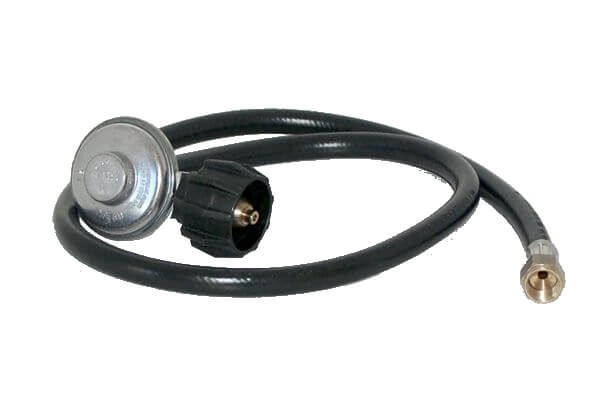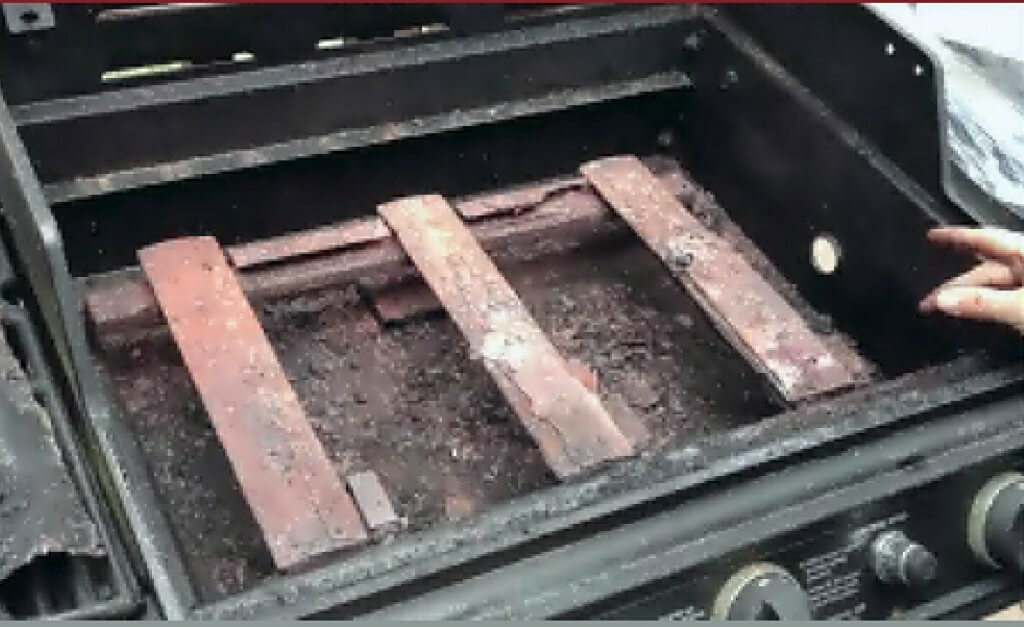There are a lot of different ways to cover the burner in your grill. Some manufacturers cover it completely, some with metal, ceramic, or a combination of each!
While you want the part made exactly for your grill, the most important thing is to cover the burner itself. That’s why getting the measurements of the original piece in your grill is helpful when searching for a replacement. If the part will stay up in your grill, and it protects your burner, then it will work.
Here are the three main objectives of covering your gas grill burner:
protect the burner and prolong its life – by catching grease drippings
distribute the heat and reduce flare-ups- by dispersing the heat as it rises from the flame
add flavor – by vaporising those drippings and adding smoky grill flavor
Don’t slack on those three things! There are a few different systems available:
Briquette / Lava Rock Grates
are the original design to protect the burner from grease and distribute the heat from the flames. The grate sits on a ledge or tabs directly over the burner and holds briquettes or lava rock. They are listed on our website using the width (left to right dimension) and the depth (front to back dimension). You’ll need to replace the briquette grate when it is breaking apart and can no longer hold up briquettes or lava rock.
Briquettes / Lava Rock
is the material held by a grate that actually covers the burner. Briquettes are formed round, square or pyramid pieces of porcelain or ceramic. The porcelain briquettes are the most expensive and longest lasting; 5+ years. The ceramic briquettes are about half the price of porcelain and will break apart in 3-5 years. Lava rock is actual rock from volcanoes and is the most porous. It will add a lot of flavor but break apart in about 3 years.
Heat Angles/Heat Plates
This is the newer design to protect the burner, distribute the heat and add flavor to the cooking in a gas grill. In many grills, there is one heat plate per burner. However, there are also some grills that use two heat plates to span more than two burners. There are even a few grills that use only one plate for the entire grill. Heat plates are made to replace the need for briquettes or lava rock and a grate. There are some grills that are made with a heat plate that also hold up some kind of ceramic briquette as well. You will need to replace your heat plate if the original has holes or is falling apart.
Troubleshooting
If there is no heat plate or heat angle listed using your model number, get the dimensions of your original piece and call customer service. They will be happy to see if they have anything that is close. In many cases, a heat plate or angle will work in a grill even if it is not made specifically for that grill. The most important thing is that the heat plate covers the burner. If you don’t have any heat plate in your grill, look and see if there are ledges just above the burner. That’s where the plate or grate will sit. Measure the distance between ledges, front to back and left to right. We can find something that will work! If you want to change the system style in your grill, that is also possible. Just get dimensions and as much information about what your currently have.
If you have any other questions, just let us know!!
Happy Summer! It’s finally here!
-GG













